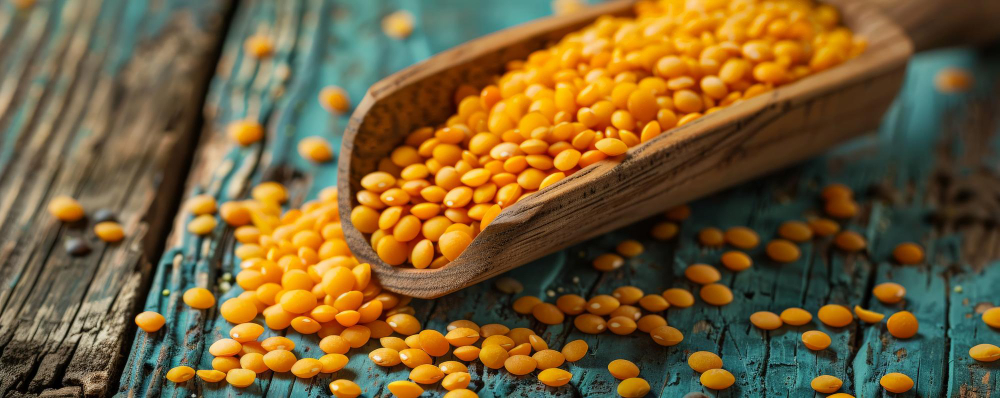Summary
China's recent imposition of a 100% tariff on Canadian yellow peas has triggered significant price movements in the global market. Russia has strategically increased its export prices to China by $55 per tonne, while maintaining competitive pricing for India and Pakistan. This market disruption presents both challenges and opportunities for importers and highlights the evolving dynamics of international agricultural trade.
Market Developments
In a significant shift in the global yellow peas market last week, Russia raised its prices following China's decision to impose a substantial 100% tariff on Canadian yellow peas. This market adjustment has created notable price divergences across different regions.
While Canada reduced its yellow peas prices by $5 per tonne for most markets, Russia implemented a strategic price increase of $10 per tonne for buyers in India and Pakistan. More dramatically, Moscow raised prices for the Chinese market by $55 per tonne, capitalizing on the newly created market opportunity after Beijing's punitive tariff on Canadian imports.
This price adjustment occurred despite Canada lowering its offer prices to China to $375 per tonne for April and May deliveries. Russia's new price point for China stands at $415 per tonne for April delivery, up significantly from the previous $360 per tonne. Ukraine, which recently received permission to export yellow peas to China, has aligned its pricing with Russia.
The former Soviet regions have seized the opportunity presented by China's tariff policy, which effectively blocks Canadian yellow peas from entering the Chinese market. The price increase also reflects heightened demand, with Russian exporters reporting a surge in inquiries from Chinese buyers.
Impact on Trade Flows
Canada now faces the challenge of redirecting its yellow peas exports. One potential lifeline is India, which has extended duty-free imports of yellow peas until May 31, 2025. This policy could help Canadian exporters find alternative markets for volumes previously destined for China.
The market disruption marks a significant shift in trade patterns. In 2023, Canada dominated yellow peas exports to China, accounting for 60% of all Chinese imports, with Russia supplying approximately 35%. Canadian annual exports to China typically reached around 1.5 million tonnes until 2023, before dropping to 0.5 million tonnes in the 2023-24 marketing year (August-July).
However, 2024 has seen Russia emerge as the leading yellow peas exporter to China, capturing 49% of the market with supplies totaling 1.13 million tonnes.
Current Price Landscape
The current pricing structure reflects these changing dynamics:
- Canada is offering yellow peas to India at $430 per tonne for April-May delivery
- Canadian offers to Bangladesh stand at $475 per tonne for the same delivery period
- Russia's offers to India are more competitive at $395 per tonne for April delivery
- Russian offers to Pakistan are set at $390 per tonne for April delivery
The competitive pricing from Russia and Ukraine makes them particularly attractive options for importing countries like India and Pakistan.
Conclusion
The yellow peas market transformation illustrates how geopolitical decisions can rapidly reshape global agricultural trade flows. Russia's strategic price adjustments demonstrate the agility required to capitalize on market disruptions, while Canada's challenges highlight the risks of overreliance on a single export market.
For importers, these shifts present both opportunities and considerations. Markets like India and Pakistan now have access to competitively priced options from Russia and Ukraine, potentially benefiting their domestic food processing industries. Meanwhile, China is pivoting its sourcing strategy toward Russian and Ukrainian suppliers.
